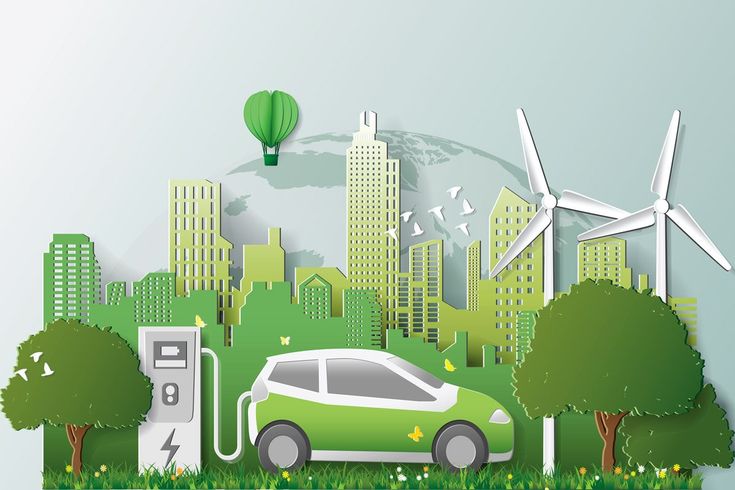Building a hybrid electric vehicle (HEV) is an ambitious but rewarding project that combines mechanical, electrical, and software engineering. Hybrid vehicles use both an internal combustion engine (ICE) and an electric motor to provide propulsion, offering improved fuel efficiency and reduced emissions. This guide outlines the key steps and considerations for creating your own HEV.
Step 1: Define Your Objectives
Before diving into the technical aspects, clarify your goals:
- Purpose: Is the HEV for personal use, research, or a prototype?
- Performance: What is the desired speed, range, and fuel efficiency?
- Budget: Determine the financial constraints of your project.
Step 2: Understand the Basics of Hybrid Technology
Familiarize yourself with the core components of an HEV:
- Internal Combustion Engine (ICE): Provides power for long-distance travel and assists the electric motor.
- Electric Motor: Offers torque and improves efficiency.
- Battery Pack: Stores energy for the electric motor.
- Power Electronics: Manages energy flow between the battery, motor, and ICE.
- Regenerative Braking System: Recaptures energy during braking to recharge the battery.
Step 3: Choose the Right Vehicle Platform
Select a base vehicle that suits your project:
- Lightweight chassis: Improves efficiency and reduces the load on the powertrain.
- Space availability: Ensure there is room for the battery pack and electric motor.
- Compatibility: Opt for a vehicle that can accommodate hybrid components.
Step 4: Design the Hybrid Powertrain
There are three common hybrid configurations:
- Series Hybrid: The electric motor drives the wheels, and the ICE generates electricity.
- Parallel Hybrid: Both the ICE and electric motor drive the wheels.
- Series-Parallel Hybrid: Combines features of both configurations for greater flexibility.
Choose a configuration based on your objectives and technical expertise.
Step 5: Select Components
Procure high-quality components for reliability and performance:
- Electric Motor: Brushless DC motors (BLDC) or AC induction motors are popular choices.
- Battery Pack: Lithium-ion batteries are preferred for their energy density and lifespan.
- Controller: A motor controller regulates the speed and torque of the electric motor.
- Inverter: Converts DC from the battery to AC for the electric motor.
- Generator: Charges the battery pack using the ICE.
Step 6: Integrate the Components
Integration involves combining mechanical and electrical systems:
- Mount the Electric Motor: Secure the motor to the drivetrain.
- Install the Battery Pack: Place the battery in a safe, ventilated location.
- Connect the Power Electronics: Link the motor, battery, and ICE using a robust wiring system.
- Implement Regenerative Braking: Modify the braking system to capture and store energy.
Step 7: Develop Control Software
Efficient operation of an HEV requires sophisticated software:
- Energy Management System (EMS): Optimizes the use of the ICE and electric motor.
- Battery Management System (BMS): Monitors battery health and performance.
- Drive Control Algorithms: Ensure smooth transitions between ICE and electric motor operation.
Use microcontrollers or embedded systems to run the software.
Step 8: Test and Validate
Conduct rigorous testing to ensure safety and performance:
- Static Tests: Verify electrical connections, component functionality, and software operation.
- Dynamic Tests: Evaluate performance under real-world driving conditions.
- Safety Checks: Test braking, thermal management, and emergency protocols.
Step 9: Optimize for Efficiency
Fine-tune your HEV for better performance:
- Aerodynamics: Reduce drag by modifying the vehicle’s design.
- Weight Reduction: Use lightweight materials for non-critical components.
- Energy Recovery: Maximize regenerative braking efficiency.
Step 10: Comply with Regulations
Ensure your HEV adheres to local automotive and environmental standards:
- Emissions Compliance: Meet regulatory requirements for ICE emissions.
- Safety Standards: Include airbags, seat belts, and crash safety features.
- Certification: Obtain necessary approvals for road use.

